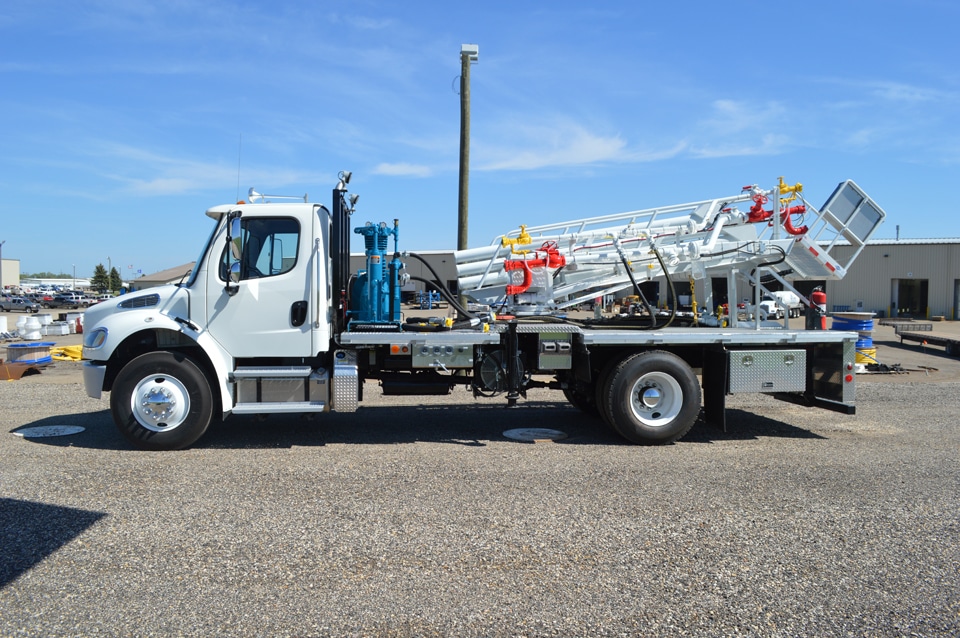
Known as general service tank cars, these cars typically have fittings and valves visible at the top, and can also feature a bottom outlet valve. There are a few variations of tank cars to assure fuel transport safety: Non-Pressure/Low-Pressure Tank Cars (DOT-111) Effective loading arm systems and safe loading platforms are essential in the transfer of corrosive or flammable liquids from tank cars to the destined storage location. More cylindrical than other rail cars, tank cars are designed to carry between 6,500 gallons and more than 31,000 gallons of various kinds of liquids, including water, diesel fuel, chemicals, and food products. Pressure Tank Cars and Non-Pressure/Low-Pressure Tank Cars Non-Pressure/Low-Pressure Tank Cars (TC117, DOT117).

NORTH AMERICAN TANK CAR FLEET BY CAR CLASS

Modern rail cars have a gross capacity of 286,000 pounds and feature numerous common markings, such as reporting marks and car numbers, empty weight, placards, tank qualification, and pressure relief device information, car specifications, and the names of the commodities they’re carrying.

Sections in those post: Railcar Types | Truck Trailers These cars and trailers are designed in various shapes, sizes, and maximum load capacities according to the needs of the nation’s freight shippers. Rail and road transportation of hazardous materials in the United States are recognized to be the safest methods of moving large quantities of chemicals over long distances.


 0 kommentar(er)
0 kommentar(er)
